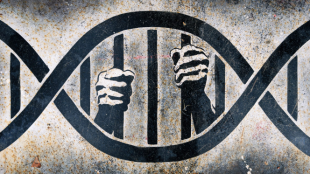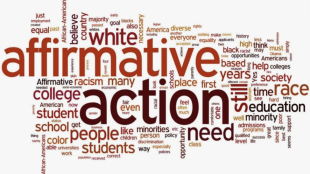Strictly Speaking: The Argument for Holding States Strictly Liable in Wrongful Conviction Suits
(Source) The wrongfully convicted are an oft overlooked demographic of the American population because society views wrongful convictions as rarely occurring. But in fact, the numbers are quite staggering. The number of people exonerated in the last 30 years due to actual innocence? 2,500. The combined number of years unnecessarily spent in prison? 22,315. But the percentage of exonerees who ever receive compensation for wrongful imprisonment? Only 39%. Despite the American legal system resting on the fundamental principle of holding people liable for injuries inflicted onto others, fifteen jurisdictions within the United States lack statutory protections that allow the wrongfully convicted to seek civil remedies for the years lost due to their illegitimate imprisonment caused at the hands of the state. However, even in states that do statutorily provide compensation to the wrongfully convicted, it has become common practice for prosecutors to effectively coerce inmates into waiving their right to sue for damages in exchange for a sooner release date. For instance, in 2016, Jimmy Dennis, a man who spent twenty-five years on death row for a crime he did not commit, was offered an immediate release from prison so long as he pled no contest to third-degree murder. [read more]










